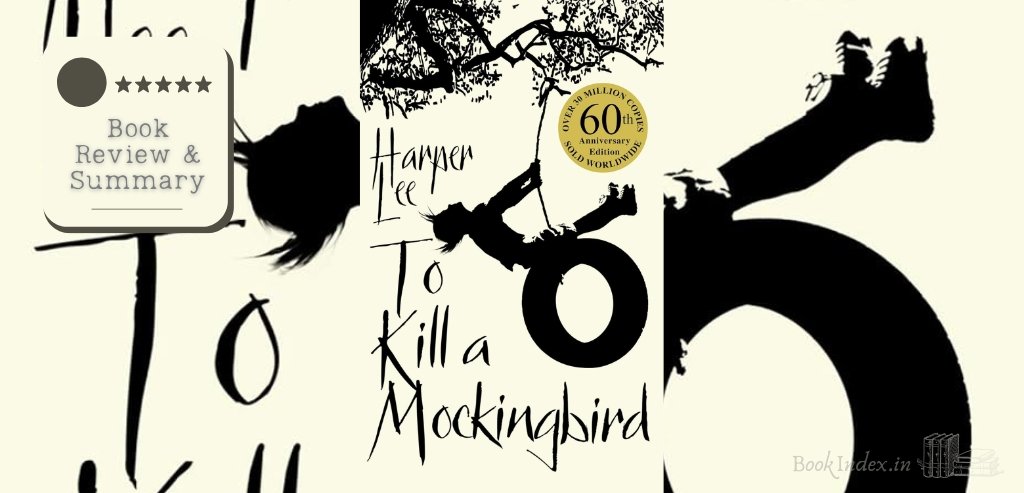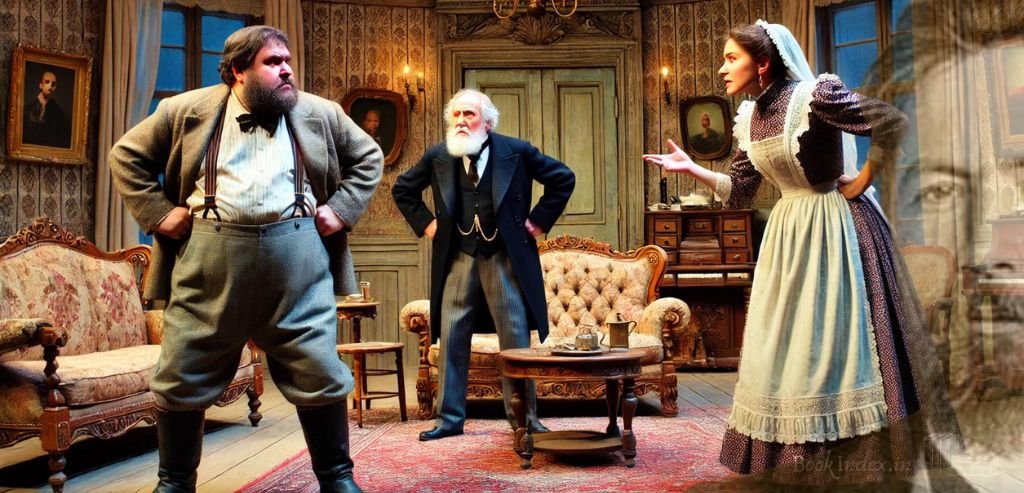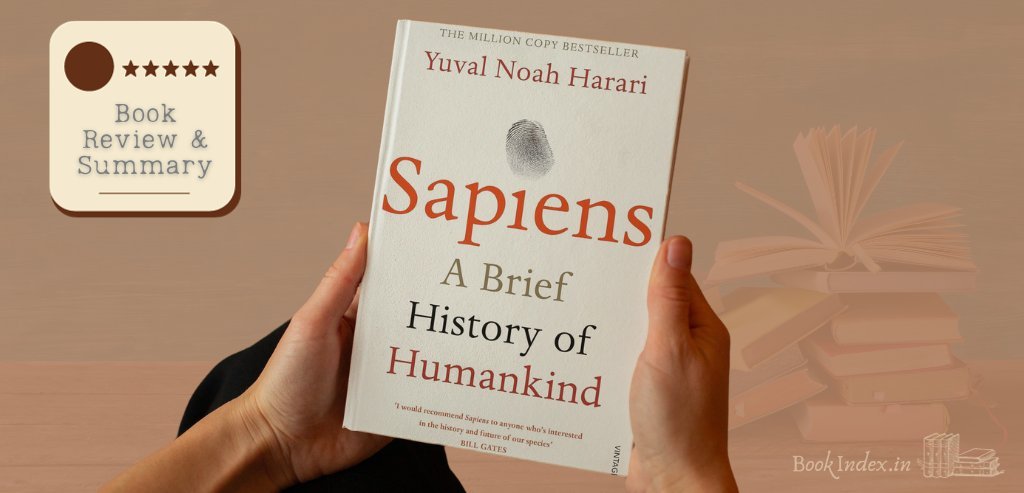
To Kill a Mockingbird authored by Nelle Harper Lee was published in 1960 during the transformative decade in America, marked by significant social and political change particularly aimed at ending racial segregation and discrimination. Harper Lee was inspired to write this novel by her own childhood experiences in Monroeville, Alabama, during the 1930s. The novel reflects her observations of the complexities of Southern life, racial injustice and the complex blend of nature and nurture that humans possess. Her father Amasa Coleman Lee, a lawyer and her friend, Truman Capote, an author are the major influences in her writing career. Due to her father’s legal profession, she was exposed to legal issues since childhood. His strong sense of justice and integrity impacted her deeply which can be easily seen in her writing, especially in this novel. In fact, the plot of To Kill a Mockingbird is partly based on her father’s unsuccessful defence of two African American men, and also, the hero of the novel resembles her father a lot.
This novel holds a significant place in the history of American literature, as released during the Civil Rights Movement, it helped raise awareness about the prevalent racial inequality and encouraged discussions about the social injustice and the need for a more equitable world.
About the Book
To Kill a Mockingbird is a Pulitzer prize winning novel which picked up after the initial mixed reviews and went on to become a classic of American literature. In the 1930s, in the fictional town of Maycomb, Alabama, To Kill a Mockingbird follows the story narrated by a young girl named Scout Finch as she navigates through the harsh realities of racism and injustice along with her brother Jem. Through her eyes the readers witness the then prevalent social injustice, racial prejudices and the complexities of human nature.
It is a coming-of-age novel as it follows the journey and growth of Scout Finch, a young girl, who grew up in the racially charged town of Maycomb, Alabama. The story revolves around Scout and Jem’s father, Atticus Finch, a high-principled lawyer who fights the case of Tom Robinson, a black man, falsely accused of raping a white woman, Mayella Ewell. As the trial proceeds the children learn some important lessons about empathy, righteousness and moral integrity. Alongside the main narrative the children are intrigued by their mysterious and reclusive neighbour Boo Radley, who emerges as a symbol of innocence and compassion as the story unfolds.
Synopsis
To Kill a Mockingbird tells the story of a young girl Scout’s journey of maturing while navigating through the harsh realities of Southern life. Scout lives with her older brother Jem and their father Atticus Finch, a principled lawyer.
The story begins with Scout reminiscing about her childhood adventures with Jem and their friend Dill. They engaged in gossips and imaginative games often centered around their mysterious neighbour, Boo Radley who later proves to be a different personality altogether. She describes Maycomb as a sleepy and indigent town still ideally suited to grow up as a child, where Scout and her brother could play all day long during summers. She had mixed first experiences in school. She compares the home education with formal schooling as she struggles to fit in facing the conflicts with her teacher miss Caroline. She shares memories about her father imparting important lessons of life about empathy and integrity. He played a major role in shaping her moral compass by teaching and encouraging her to understand other’s perspective on any issue.
The new chapter in her life begins in chapter 9 of the novel when Scout learns in school that her father is defending a black man, Tom Robinson who was wrongly charged with assaulting Mayella Ewell, a white woman. The trial becomes the talk of the town exposing the ugly face of the society and during the course her father Atticus instills the values of empathy and morality in her. As the trial progresses Scout and Jem were left dumbfounded by the society’s prejudices and its hostility towards their father despite him approaching the case with complete integrity and honesty.
Their father Atticus defends Tom Robinson passionately but still loses the case. The all white jury convicts Tom despite compelling evidences that he did not commit the crime illustrating the deep-seated racism and prejudice of the era. The events surrounding the trial had profound impact on Scout and Jem. Their innocent minds struggle to understand the intricacies of life and complexities of human behaviour when faced with overwhelming opposition. Atticus teaches them compassion and courage and inspires them to stand up for what is right without any ulterior motives.
Another storyline runs simultaneously in the novel centreing around Scout’s mysterious neighbour, Boo Radley. Influenced by the local rumours, Scout and Jem see Boo as a weird and frightening figure but as the story progresses they get to witness Boo’s kindness and goodness when he protects them from an attack.
In the concluding chapters the trial of Tom Robinson comes to a tragic end with a guilty verdict for him. This injustice leaves Scout and Jem shocked, forcing them to confront the stark realities of their civilized society. At the end scout learns about empathy and morality and resonates with her father’s teachings. As Scout stands on Boo’s porch, she recalls Atticus saying, you never really know a man until you stand in his shoes and walk around in them. All this help her journey towards maturing keeping her integrity intact in this flawed world.
The novel concludes with Scout feeling a sense of peace and closure as she learns the valuable lessons about empathy and viewing the world from other’s perspective.
The Hook
First of all", he said, " if you can learn a simple trick, Scout, you'll get along a lot better with all kinds of folks. You never really understand a person until you consider things from his point of view... Until you climb inside of his skin and walk around in it.
What I liked
To Kill a Mockingbird explores the themes of empathy, justice, righteousness and morality; inspiring the readers to raise their standards and instilling moral values in them. Though it being a social commentary, the narrator’s perspective as a child, makes it easier to connect with. I also liked the character development of all the main characters viz., Scout, Jem, Atticus Finch and Boo Radley, specially, Scout’s growth from naivety to maturity.
What I did not like
The story seemed little one sided and some important characters like Tom Robinson and Calpurnia needed more development. The readers could only see the white people’s perspective on a complex issue like racial discrimination.
Takeaways
Some key takeaways from To Kill a Mockingbird include-
1. Understanding human nature and empathy.
On various occasions, Scout learns to empathize with others and to see the world from other’s perspective. Boo Radley’s character teaches her compassion and having a broader outlook towards life and other people.
2. The dangers of a prejudiced community.
Despite the overwhelming evidence of Innocence, Tom Robinson was convicted for a crime that he did not commit because society as a whole preferred racial discrimination over conscious judgement. Prejudices are the opinions in absence of evidence and when a society undertakes it at large, it could even lead to the fall of civilization.
3. Moral integrity.
In this story the central character Atticus Finch displays unwavering courage and integrity. He teaches Scout to “walk in someone else’s shoes” before forming any opinion about them. He stands as an emblem of righteousness against the white community while defending a black man who was falsely accused of a crime. The novel encourages us to stand up for what is right and to face challenges head on.
4. Protecting the innocence.
The Mockingbird in ‘To Kill a Mockingbird’, symbolises Innocence and conveys the idea of protecting the innocent. It teaches us the significance of collective responsibility towards every single member of the community be it Tom Robinson or be it Boo Radley. No one should go through societal exclusion based on biases and prejudices. It teaches us that there is always more to a person than meets the eye.
Overall, the novel helps us understand the complexities of human nature and challenges us to reflect on our own biases and the willingness to become a catalyst for change in the prejudiced ways of our society.
Conclusion
To Kill a Mockingbird is a timeless classic that continues to resonate with readers of all ages and backgrounds. It reminds us that the fight for justice and equality is never-ending. Protection of Innocence is an ongoing journey- one that requires unwavering courage and morality and it is an essential responsibility that we all share as a part of the society.
Despite being written over half a century ago, To Kill a Mockingbird remains incredibly relevant in today’s world. Its exploration of themes like racial inequality, social justice, and moral responsibility continues to inspire and challenge readers, prompting deep reflection on the values we hold dear. This enduring relevance is a testament to the novel’s powerful message and its lasting impact on literature and the human spirit.
In conclusion, Harper Lee’s To Kill a Mockingbird is a timeless work that speaks to the heart and soul of humanity. It urges us to strive for a better, more just world, reminding us that while the road may be difficult, the fight for truth, compassion, and justice is always worth it.
Recommendation
A definite YES for this wonderful read that would always inspire us to question the societal norms and stand up for what is right.



